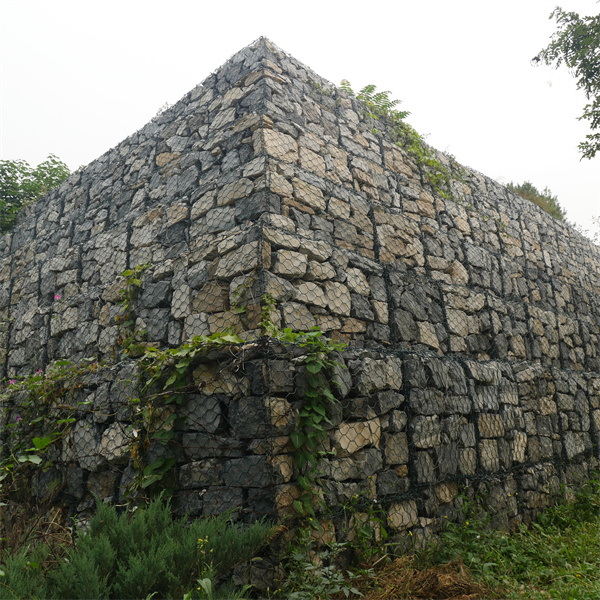Avg . 18, 2024 01:56 Back to list
Supplier of Standard Gabion Sizes for Your Landscaping and Construction Needs
Standard Gabion Sizes A Comprehensive Guide for Suppliers
Gabions have become increasingly popular in construction, landscaping, and environmental applications due to their versatility, durability, and aesthetic appeal. These wire mesh containers filled with stones are not only functional but also provide an attractive option for various projects. For suppliers in this niche, understanding the standard gabion sizes available can significantly enhance inventory management and customer satisfaction.
What Are Gabions?
Gabions are essentially cages made from welded or woven wire mesh, filled with natural stones or other materials. They are primarily used for erosion control, retaining walls, and landscaping. The design of gabions allows for water drainage, making them an effective solution for managing water flow and preventing soil erosion. Additionally, the variety of sizes available enables their use in a range of applications.
Common Standard Gabion Sizes
The standard sizes of gabions can vary by manufacturer, but there are a few dimensions that are widely accepted in the industry. Here are some of the most common standard gabion sizes
1. 1m x 1m x 1m (3.3ft x 3.3ft x 3.3ft) - This size is often used for smaller projects, where space is limited. It is ideal for designing garden walls, small decorative features, or retaining walls in residential gardens.
2. 2m x 1m x 1m (6.6ft x 3.3ft x 3.3ft) - A slightly larger option, this size is commonly used for moderate landscaping projects. It can serve as a more substantial retaining wall or be used in larger garden designs.
standard gabion sizes supplier

3. 2m x 1m x 0.5m (6.6ft x 3.3ft x 1.6ft) - This half-height gabion is versatile for various applications, including seating areas, flower beds, or as a base for other structures.
4. 3m x 1m x 1m (9.8ft x 3.3ft x 3.3ft) - This larger size is suitable for big projects, including commercial landscaping, erosion control on slopes, and larger retaining structures that require greater stability.
5. Custom Sizes - Many suppliers offer the option to create custom gabions tailored to specific project requirements. This flexibility accommodates unique landscape designs or architectural needs.
Factors to Consider When Choosing Gabion Sizes
When selecting the right gabion size for a particular project, there are several factors that suppliers and customers should consider
- Project Requirements Assess the intended use of the gabion. Is it for sheer structural support, decorative landscaping, or water management? Understanding the purpose will guide the size selection. - Material Type The choice of filling material can impact the size of the gabion. Heavier materials may necessitate a smaller size or additional structural support. - Site Conditions Evaluate the site environment, including soil type, slope, and drainage requirements. This assessment will affect which gabion size is appropriate for maximizing effectiveness.
Conclusion
Understanding standard gabion sizes is essential for suppliers aiming to meet the needs of their customers effectively. With a variety of standard options available, and the flexibility to provide custom sizes, suppliers can cater to a wide range of applications, from residential landscaping to large-scale civil engineering projects. By combining knowledge of the effective uses of gabions with an accommodating size range, suppliers can foster greater satisfaction and drive business growth in this niche market. Whether for erosion control or aesthetic enhancement, gabions are an excellent solution that continues to gain popularity in the construction and landscaping industries.
-
Why PVC Coated Gabion Mattress Is the Best Solution for Long-Term Erosion Control
NewsMay.23,2025
-
Gabion Wire Mesh: The Reinforced Solution for Modern Construction and Landscape Design
NewsMay.23,2025
-
Gabion Wall: The Flexible, Seismic-Resistant Solution for Modern Landscaping and Construction
NewsMay.23,2025
-
Gabion Wall Solutions: The Durable, Decorative, and Affordable Choice for Every Landscape
NewsMay.23,2025
-
Gabion Basket: The Durable and Flexible Alternative to Traditional Retaining Walls
NewsMay.23,2025
-
Gabion Basket: The Proven Solution for Slope Stability and Flood Control
NewsMay.23,2025
-
Versatility of Chain Link Fence Gabion
NewsMay.13,2025






